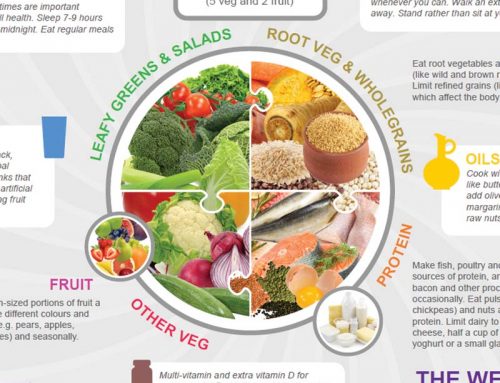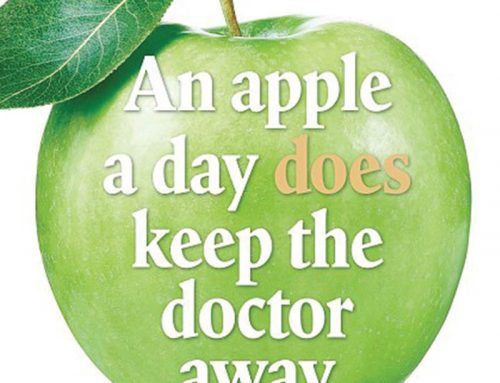 Between having to deal with periods, hormones, childbirth and a plethora of body image issues, I think it’s fair to say that compared to our male counterparts, mother nature has given us women more than our fair share of biological issues to contend with.
Between having to deal with periods, hormones, childbirth and a plethora of body image issues, I think it’s fair to say that compared to our male counterparts, mother nature has given us women more than our fair share of biological issues to contend with.
However, whilst we all have our bad hair days, traditionally women have been spared from one particularly challenging body process that most men inevitably have to go through; that of thinning hair and baldness – the modern mans Achilles’ heel!
Or at least that used to be the case. Unfortunately, nowadays, hair loss is far from an exclusively male problem. In fact, it’s estimated that hair loss affects at least 25 per cent of the female population in Ireland. Yet despite how common it is, for women, the subject remains largely taboo and many suffer in silence which can lead to a variety of confidence and self esteem issues.
Why do we lose our hair?
So, why does it happen and can it be successfully treated or even prevented? Whilst it is a very complex issue with a multitude of potential causes, there are common influencing factors which include:
Stress
Hair loss may be the first indication that your stress levels are taking their toll on your body. And with stress being nothing less than epidemic today, it’s no wonder there’s been an increase in the number of people experiencing hair loss. Excessive physical or emotional stress can cause the hair to stop growing and enter a period of dormancy which is followed two or three months later by the hair falling out. This explains why hair is usually affected around three months after a stressful period. When physical or emotional equilibrium is regained, hair will again begin to grow, usually about 6 to 9 months later.
Genetics
One of the most common causes of female hair loss is ‘androgenetic alopecia’, (A.K.A. female pattern hair loss) which is a genetic condition in which new hair shafts grow in progressively thinner. Female patterned baldness typically causes hair to thin in the top, frontal area, just behind the hair line. The genetic predisposition usually comes from the mother, grandmother or an aunt on either side. The condition can begin any time after puberty but often becomes noticeable during menopause, when it’s compounded by hormonal shifts.
Hormones
Hormonal changes and imbalances can also cause temporary hair loss. This could be due to pregnancy, childbirth, discontinuation of birth control pills or the onset of menopause. Hair loss leading up to and during menopause is particularly common due to declining oestrogen levels. Losing hair is equally as common after having a baby, but luckily it’s usually temporary. During pregnancy it’s thought that high levels of oestrogen causes hair to stay in its growing phase for longer than usual. However once oestrogen levels drop, the extra hair can often shed at an alarming rate.
Nutritional deficiencies
Hair loss can also be a sign of nutritional deficiencies, including deficiencies of vitamins A, D, B12, iron, zinc and protein. One of the most common causes of hair loss is low iron. Up to 60 percent of women have low iron and it is often undiagnosed. Your doctor may advise you that your iron levels are normal, but, remember that even ‘low normal’ levels of iron can impact hair growth. Due to higher iron requirements as a result of menstruation, women need 20 milligrams of elemental iron daily yet most of us are only getting 8 mg per day from our diet.
Underlying Medical Conditions
As hair is ‘non-essential’, it’s often one of the first body parts to be affected by poor health. Digestive conditions such as Crohn’s disease can be linked as can polycystic ovarian syndrome. Declining levels of thyroid hormone can also spark hair loss. Thinning hair, hair loss and loss of eyebrow hair are common symptoms of low thyroid function. Certain medications are also linked including birth control pills and medications used to treat cholesterol, depression, acne and high blood pressure.
Getting to the root of the cause
If you have noticed a change in your hair, don’t despair. In many cases, hair loss is temporary and growth recovers. There are many options nowadays to help prevent and treat hair loss or thinning, the key is to take action and seek expert advice as soon as you notice a change – the sooner you act, the greater your chances of holding on to the hair you have. Below are several steps you can take.
Hair Loss Action Plan
Medical Investigations
Before seeking out the ‘cure’, you’ll first want to determine the cause so a good place to start is by talking to your GP and ruling out possible underlying medical causes such as underactive thyroid, PCOS or low iron. Blood tests that should be considered include a full blood count, ferrtin levels (iron stores) a full thyroid panel and a female hormone panel.
Lifestyle Changes
Addressing possible nutritional deficiencies is also key. If you need help doing this, consult a nutritionist for a tailored nutrition and supplement plan. The nutrients that are most critical include protein, iron, zinc, silica and B vitamins. To ensure adequate intake of these, eat a wide variety of protein rich foods including fish, red meat, eggs, beans, lentils, nuts, seeds as well as green leafy vegetables. If your stress levels are high, they’ll need to be addressed too – experiment with stress management techniques including exercise, meditation, yoga or talk therapy.
Specialist Treatment
If underlying medical conditions have been ruled out, diet and lifestyle changes are not helping and/or you feel your hair loss is chronic, then it’d be wise to seek the advice of a registered trichologist as soon as possible. A trichologist is a hair and scalp specialist who is qualified to both diagnose and treat various scalp and hair conditions with a variety of hair loss treatments including steroid injections and laser light therapy.






